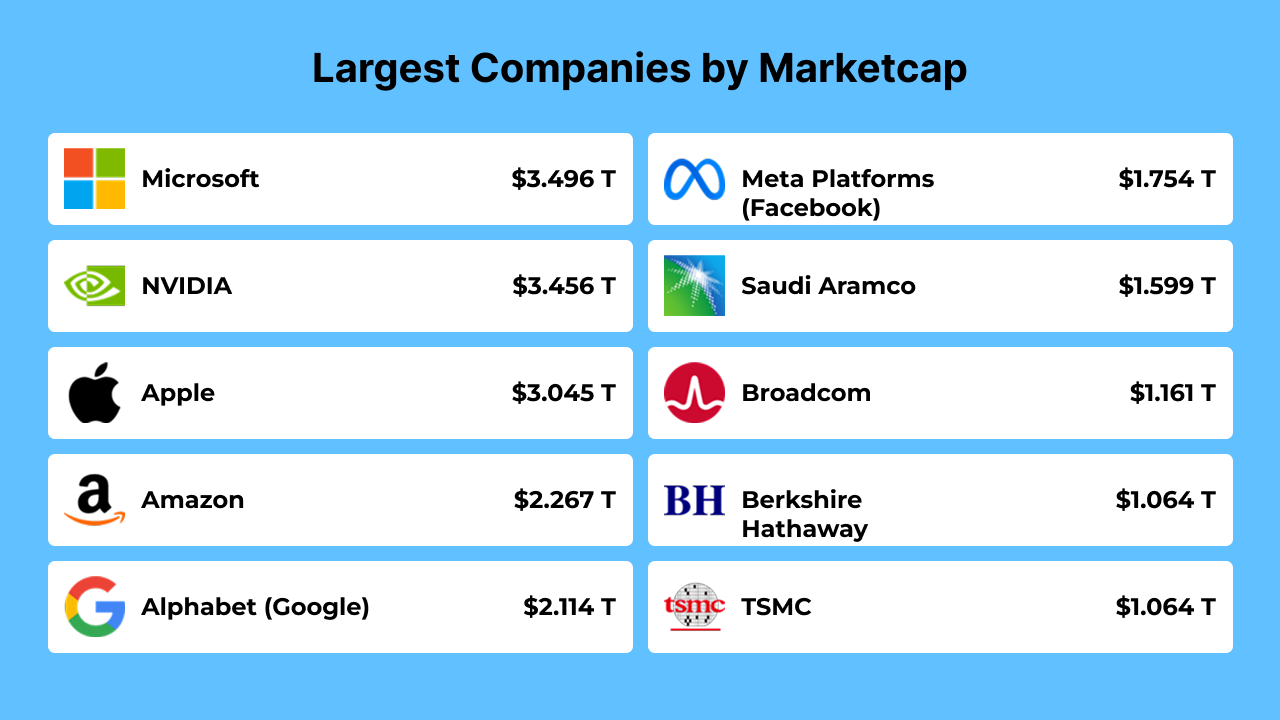The pharmaceutical industry serves as a cornerstone of global healthcare, with countries around the world contributing to the innovation, manufacturing, and distribution of medicines. This article examines the top global leaders in pharmaceutical exports, highlighting the significance of their contributions to the international economy and healthcare systems. Using data expressed in billions of USD, we analyze key players shaping the pharmaceutical landscape.

Dominance of European Nations
European countries continue to dominate the pharmaceutical export market, leveraging their advanced technological capabilities, robust research and development (R&D) infrastructure, and highly skilled workforce. Leading the pack is Germany, with an impressive export value of 120.842 billion USD. Germany’s well-established pharmaceutical giants, such as Bayer and Merck, coupled with numerous smaller firms and research centers, drive this dominance. Switzerland follows closely, exporting 100.420 billion USD worth of pharmaceutical products. Home to global powerhouses like Novartis and Roche, Switzerland remains a hub for innovation and high-quality drug manufacturing.
The global pharmaceutical contract manufacturing market, valued at US$183.6 billion in 2023, is forecasted to grow at a robust CAGR of 9.7%, reaching US$200.9 billion in 2024 and an impressive US$319.6 billion by 2029.
Other prominent European exporters include Belgium (84.211 billion USD) and Ireland (83.768 billion USD). These nations benefit from favorable tax regimes and a strong presence of multinational pharmaceutical companies. Belgium’s strategic location in Europe makes it a key logistics center for pharmaceutical distribution, while Ireland has become a hotspot for drug production due to its skilled workforce and supportive policies.
The United States: Innovation Leader
The United States of America ranks third with pharmaceutical exports valued at 93.318 billion USD. Known for groundbreaking research and innovation, the U.S. is home to top-tier companies like Pfizer, Johnson & Johnson, and Moderna, whose contributions during the COVID-19 pandemic underscored the country’s pharmaceutical prowess. While domestic consumption of pharmaceuticals in the U.S. is substantial, its export market thrives due to the high demand for cutting-edge treatments and biologics worldwide.
Rising Players in Asia and Beyond
While European and North American nations dominate, Asian countries are steadily increasing their share in the pharmaceutical export market. India, with exports worth 23.166 billion USD, stands out as the “pharmacy of the world.” India’s generic drug industry is unparalleled, providing affordable medicines globally. Countries like China (20.293 billion USD) and Singapore (11.513 billion USD) are also making significant strides. China’s growth can be attributed to its burgeoning pharmaceutical industry and manufacturing capacity, while Singapore serves as a regional hub for biotech innovation and pharmaceutical logistics.
The global drug discovery services market growth forecasted to transform from USD 20.7 billion in 2024 to USD 41.4 billion by 2028, driven by a CAGR of 14.9%.
Specialized Markets
Smaller countries like Denmark (23.191 billion USD) and Slovenia (20.314 billion USD) punch above their weight in pharmaceutical exports. Denmark excels in producing insulin and other diabetes-related products, thanks to companies like Novo Nordisk. Similarly, Slovenia’s pharmaceutical industry benefits from its proximity to larger European markets and its niche focus on generics and high-value drugs.
Challenges and Opportunities
Despite their achievements, leading pharmaceutical exporters face challenges such as regulatory hurdles, pricing pressures, and increasing competition. Global trade disruptions and supply chain issues, especially during the COVID-19 pandemic, underscored the need for resilient production and distribution networks. Moreover, as countries strive for self-reliance in healthcare, the dynamics of global pharmaceutical trade are evolving.
Nonetheless, opportunities abound, especially in areas such as biologics, personalized medicine, and vaccines. The rise of digital health and artificial intelligence (AI) in drug discovery offers additional avenues for growth. Collaborations between countries and companies can further enhance innovation and improve accessibility to life-saving medications.
Emerging Markets and Future Outlook
Emerging economies like Brazil (1.323 billion USD), South Africa (488 million USD), and Turkey (2.249 billion USD) are gradually increasing their footprint in pharmaceutical exports. While their current contributions may be relatively modest, strategic investments in R&D, infrastructure, and talent development position these countries as potential key players in the future.
Countries with smaller economies, such as Lithuania (1.173 billion USD) and Jordan (776 million USD), demonstrate how specialization and regional focus can drive export growth. Even nations with limited industrial capacity, like Barbados (30 million USD), are engaging in pharmaceutical trade, highlighting the sector’s broad accessibility.
Conclusion
The global pharmaceutical export market reflects a complex interplay of established giants and emerging challengers. While Europe and the U.S. remain dominant, rising players in Asia, Latin America, and beyond are reshaping the landscape. By fostering innovation, investing in infrastructure, and addressing challenges proactively, countries can sustain and enhance their roles in this vital sector. As the world becomes increasingly interconnected, the pharmaceutical industry’s ability to collaborate and innovate will be crucial in meeting global healthcare needs.





